Flat Feet in Children – Should Parents Be Concerned?
As parents, you may notice your child’s feet looking flatter than usual, especially when they stand or walk barefoot. This is often called flat feet or fallen arches. Understandably, it raises the question: Is this normal, or should I be worried? The good news is that in most cases, flat feet in children are a natural part of growth. However, sometimes it can signal a problem that requires attention from a pediatric orthopedic specialist. What Are Flat Feet? Flat feet occur when the arch of the foot — the curve on the inner side of the sole — is lower than usual or absent. Instead of showing a gentle arch, the whole foot appears to touch the ground. In young children, this is extremely common because: When Are Flat Feet Normal? Flat feet are generally harmless when: When Should Parents Be Concerned? Flat feet may need medical evaluation if your child experiences: These signs could indicate a more serious condition such as rigid flatfoot, tarsal coalition, or tendon issues, which should be diagnosed early. How Can Flat Feet Be Treated? The treatment for flat feet depends on whether they are flexible (normal) or rigid (concerning). Role of Physiotherapy in Flat Feet Physiotherapy plays a crucial role in managing flat feet, especially when associated with pain or gait problems. Targeted exercises strengthen the foot muscles, improve balance, and encourage better posture. Over time, this reduces discomfort and enhances your child’s ability to walk and play confidently. Conclusion Flat feet in children are usually a normal developmental stage and nothing to worry about. However, if your child experiences pain, difficulty walking, or unusual symptoms, it is best to seek medical advice. With early intervention, most issues can be managed effectively, ensuring your child grows up active and confident. For expert guidance and physiotherapy services, consult Dr. Nargesh Agrawal at +91 88517 77145 or visit www.childorthocare.online.













